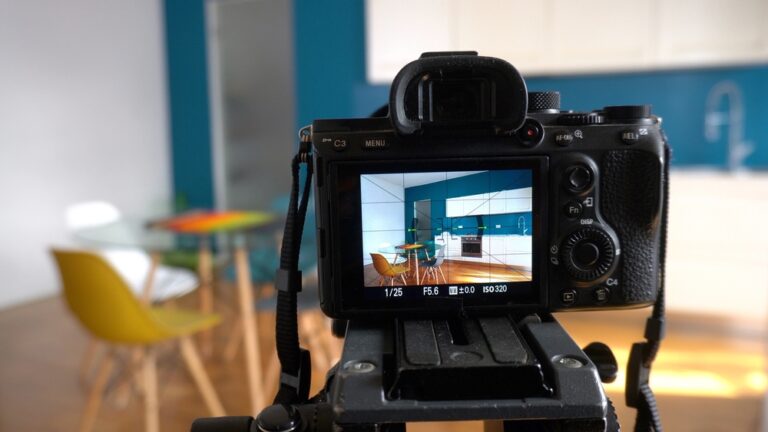Navigating the property market can be a daunting task, especially when trying to sell your current home and buy a new one simultaneously.
Part-exchanging your home offers a streamlined solution that can reduce stress, avoid property chains, and expedite the entire process. This guide will walk you through everything you need to know about part-exchanging your home.
Contact your local Parkers branch for expert advice and guidance.
What does part-exchanging your home mean?
Part-exchange is a method of buying a new-build home where you trade in your current property as part of the deal. This service streamlines your moving process by removing the need to sell your home on the open market.
How does part-exchanging work?
A developer or agent will make an offer for your home based on a valuation. If you accept, the value of your current home will be deducted from the price of the new property you are buying. You then pay the remaining balance and move into your new home.
The process of part-exchanging your home
Have your home valued
The first step in the part-exchange process is to assess the value of your current home. The developer or agent will arrange for a valuation to take place, but you can also arrange an independent valuation of your own to make sure you are in the best position possible to achieve a fair price.
Request a free at home valuation
Find a suitable property
Once you have an idea of your current home’s value, you can begin looking at the properties available for part exchange. Developers usually offer a range of new builds for you to choose from based on your needs in terms of size, location, and budget. Make sure the price of the new home is within reach after considering the part-exchange value of your current property.
Negotiate terms
The developer will provide a formal offer for your current home. This offer is likely to be lower than the market value, reflecting the convenience and speed of the transaction. With the help of an experienced agent, you should negotiate the price and terms of the deal to reach an agreement you’re happy with.
Complete the legal formalities
Like any property transaction, part-exchanging your home will involve a legal process. Both properties will undergo necessary legal checks, including searches and surveys. Your solicitor will handle the paperwork, ensuring that title deeds are transferred correctly and any outstanding mortgages are settled on your current home.
Finalise the transaction
Following the completion of all legal checks, you will sign the contracts for both the sale of your current home and the purchase of a new one. On the agreed-upon completion date, you’ll hand over the keys to your old home and move into your new property.
Related: Five compromises you can make with your new home
Eligibility requirements for part-exchanging your home
Property condition
Developers and builders will assess the condition of your current property to determine if it is eligible for part exchange. Your home should be in good condition, with no major structural issues or maintenance problems.
Location
Properties in desirable locations with good amenities, transport links, and schools are more likely to be accepted. The property must also be within the developer’s or agent’s operating area.
Equity in your current home
To be eligible to part-exchange your home, you must have a certain amount of equity in your current property. Developers and agents will typically require you to have a minimum amount of equity, usually around 15-20% of the property value.
Mortgage status
Part-exchange is a financial transaction, so you will need to have mortgage approval in place before proceeding. Lenders will need to assess your financial situation and decide if you qualify for a mortgage on the new property.
Related: Is equity release right for me?
Benefits of part-exchanging your home
Chain-free
One of the biggest advantages of part-exchanging is that there is no chain involved. Chains in property sales can be precarious, with sales falling through due to issues further down the line. Part-exchanging eliminates this risk altogether.
Quick and convenient sale
Part-exchanging your home can significantly expedite the selling process. Instead of waiting for months for a buyer to come along, you can have a guaranteed sale within weeks.
Chance to upsize
If you are looking to upsize to accommodate a growing family or to benefit from more space, part-exchanging can provide a seamless transition from your current home to a new one.
Drawbacks of part-exchanging your home
Less flexibility
When you part-exchange your home, you are limited to the properties that the developer or builder has available. This means that you may not be able to find a home that meets all of your criteria, resulting in a compromise on important factors such as location, size, and amenities.
Lower market value
Developers and builders often offer lower prices for homes that are part-exchanged because they need to make a profit on the property’s resale. This means that you could be missing out on the potential equity that you would receive if you sold your home on the open market.







